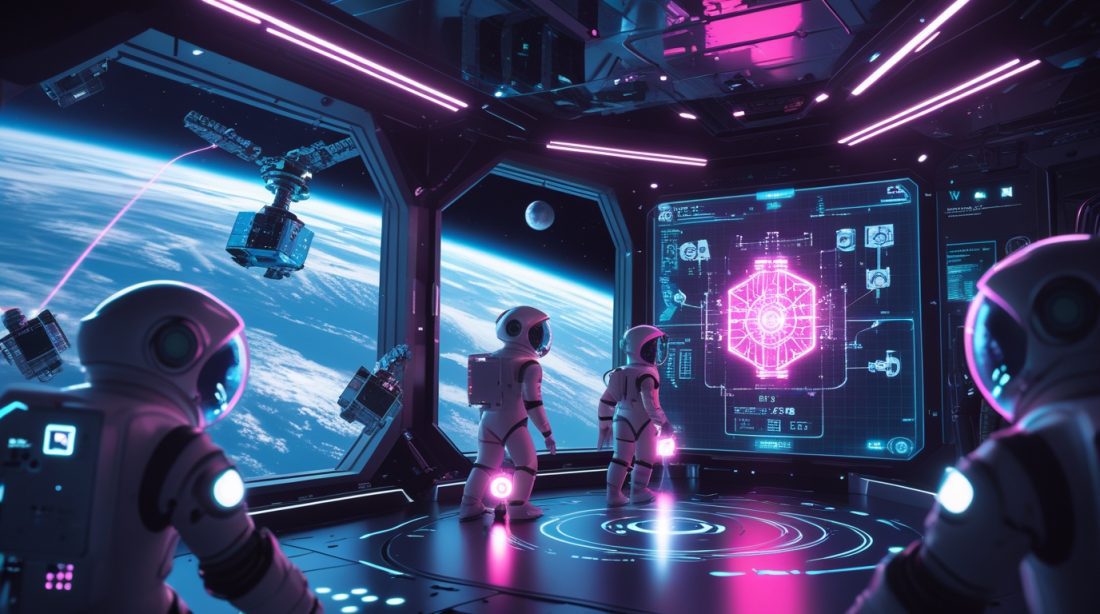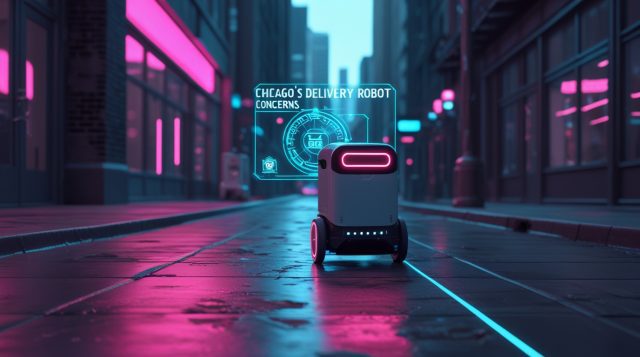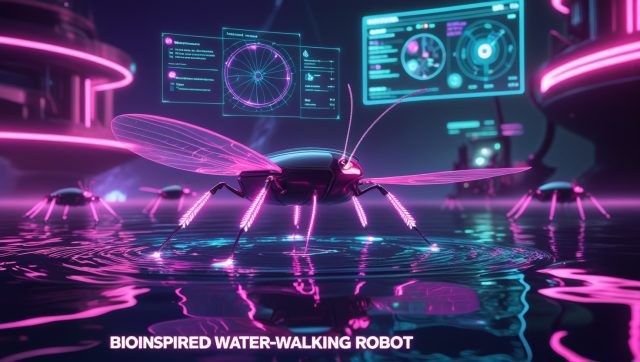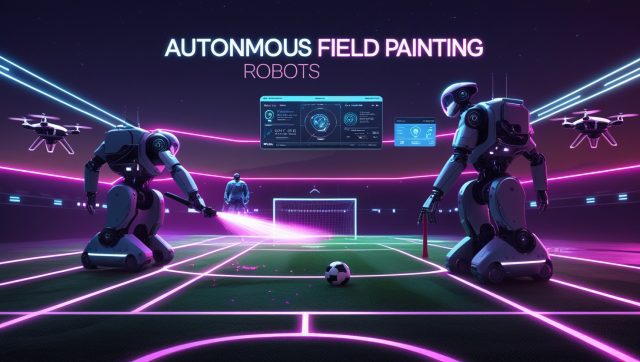For astronauts aboard the International Space Station (ISS), time is the most precious commodity. Managing research, maintenance, and cargo tasks is a daily challenge. Since 2019, they’ve had help from three free-flying robots — Honey, Bumble, and Queen — collectively known as Astrobee, a pioneering platform in autonomous robotics in space industry applications.
The Astrobee system, developed at NASA Ames Research Center, is a milestone in microgravity robotics testing. It represents the future of autonomous operations on the ISS, paving the way for in-space servicing, assembly, and manufacturing (ISAM). A major turning point came in 2025, when NASA formed a commercial partnership with Arkisys to maintain and expand Astrobee’s role, underscoring a growing commercial low Earth orbit economy.
(You might also like Zero-Gravity Robotic Manufacturing: 7 Breakthroughs Reshaping 2025 Space Exploration — a look at how microgravity innovation is powering next-gen space robotics.)
Why Astrobee’s Role Extends Beyond Simple Chores
At first glance, Astrobee’s work looks basic. It moves cargo, takes inventory, and documents experiments. But the question “What is NASA’s Astrobee robot used for?” has far deeper implications. Using electric fans for propulsion, these robots fly in zero gravity by pushing air through 12 precisely controlled nozzles — a hallmark of advanced zero-gravity flight mechanics.
Each Astrobee is equipped with multiple sensors, cameras, and a perching arm that lets it attach to handrails to save energy. Its modular software architecture, built on the Robot Operating System (ROS), supports future upgrades and autonomous software updates. This flexibility is key to long-term ISS autonomous operations and space station robotic caretakers of the future.
“It’s a robot in space,” said Jonathan Barlow, Astrobee Project Manager. “It has propulsion, it has cameras, it has computing power, and it’s flying around inside the space station.”
To further study how cargo behaves in orbit, NASA and Stanford developed PyAstrobee, a simulator for space robotics research. The system helps test complex tasks such as handling deformable cargo in microgravity, a major challenge for autonomous cargo transport in space.
(If you’re interested in how similar AI-driven adaptability is transforming Earth industries, check out How Industrial AI Is Powering $44 Billion in Revenue by 2025.)
2025: A Strategic Turn for Space Robotics
The 2025 NASA-Arkisys partnership marked a major shift for Astrobee and the entire autonomous robotics in space industry. Through a NASA Space Act Agreement, Arkisys assumed operational control, integrating the robots into its Port architecture for ISAM applications.
“By merging Astrobee’s free-flight agility with our Port architecture, we’re accelerating academic, small business, and government technologies into real ISAM practice,” said David Barnhart, CEO of Arkisys.
This move democratizes access to in-space experimentation, lowering barriers for universities, startups, and commercial entities. It also strengthens the bridge between NASA research and private-sector space innovation, demonstrating how commercial partnerships drive economic impact in space robotics.
(For comparison, OpenAI’s Atlas AI Browser shows how commercial AI tools are also reshaping accessibility and research in another frontier — information.)
A Critical Testbed for the Moon and Beyond
The ultimate goal of Astrobee extends well beyond the ISS. Its technology is being adapted for NASA’s Lunar Gateway robotic helpers, where future versions could maintain systems, inspect hardware, and perform tasks autonomously during uncrewed periods.
These lessons are vital for the future of autonomous robotics in space industry, including deep space exploration and real-time computer vision for spacecraft docking. The ongoing evolution of Astrobee docking station technology and improvements in machine learning-based navigation are laying the groundwork for next-generation space robotics.
Educationally, programs such as the Kibo Robot Programming Challenge (Kibo-RPC) and MIT’s Zero Robotics student competition give students hands-on experience with Astrobee programming. These initiatives inspire STEM talent worldwide by teaching how to program robots for the space station and simulating real-world missions in microgravity environments.
(Related: How MIT Is Scaling Robot Training Data with Generative AI explores how student-led robotics and AI projects are evolving beyond Earth’s limits.)
Astrobee vs. SPHERES: Evolution of Free-Flying Robots
Before Astrobee, the ISS hosted SPHERES, NASA’s earlier free-flying platform. The difference between SPHERES and Astrobee is clear: Astrobee features modular hardware, advanced sensors, and autonomous navigation powered by AI — all designed to support more complex and longer-term missions.
Economic and Technological Impacts
Astrobee’s transition to commercial operation highlights the cost benefits of space robotics, reducing astronaut workload while enabling continuous research in orbit. It also shows how robots assist astronauts on the ISS, acting as intelligent partners rather than replacements.
By supporting in-space servicing and manufacturing, Astrobee is setting the foundation for sustainable orbital industries — where both human and robotic systems collaborate efficiently. This synergy illustrates the economic impact of space robotics in shaping a thriving commercial space ecosystem.
(For a parallel in Earth industries, read AWS Outage & Robotics: How the 2025 Cloud Failure Exposed the Fragility of Global Automation, which highlights how dependent automation is on robust cloud infrastructure.)
Frequently Asked Questions (FAQ)
How do Astrobee robots move in zero gravity?
They rely on internal electric fans that expel air through nozzles, allowing rotation and translation in all directions. This design makes them ideal for free-flying robotics experiments in microgravity.
What are Astrobee robots used for?
They perform autonomous documentation, maintenance, and cargo transport tasks aboard the ISS — key functions for in-space logistics and servicing.
How is the Arkisys partnership changing Astrobee operations?
Through the 2025 commercial partnership with Arkisys, Astrobee’s platform is now part of a sustainable, market-ready ecosystem that invites more international and private participation.
What makes Astrobee important for future missions?
It acts as a testbed for microgravity robotics, supporting future missions to the Moon, Mars, and beyond — where autonomous caretakers will maintain and assemble spacecraft.
Fast Facts
NASA’s Astrobee robots are more than floating assistants on the ISS — they’re the foundation of the future of autonomous robotics in the space industry. Through innovations in ISAM, real-time vision systems, and commercial collaboration with Arkisys, Astrobee is redefining how we build, repair, and sustain technology in orbit and beyond.
Ready to dive deeper into the intersection of AI, robotics, and the space economy? Subscribe to our newsletter for monthly industry analysis and exclusive insights.
[Subscribe to Our Newsletter]



